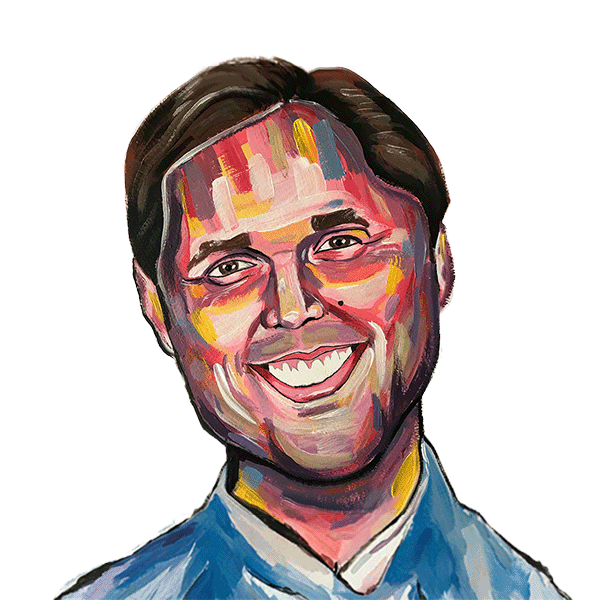Grow Your People and Your Business By Knowing Your Talent

2022 and 2023 overhauled the tech industry. Many companies changed their org design, reduced their workforce, put more effort into managing their OpEx budgets, doubled down on their core strategies and divested from non-core strategies. At Spotify, we’ve made a shift towards prioritising internal mobility over external hiring to enhance employee growth and retention. We’re aiming to unlock our internal mobility to leverage our internal talent marketplace.
That means matching existing employees with new projects and roles, through fostering a dynamic and flexible career development environment, as well as moving people towards our most prioritised initiatives. The vision is a reduction in onboarding time, enhanced employee engagement, and a culture where career paths are seen as multifaceted and non-linear. But how does this matchmaking happen?
Curiosity Is Key
We have set a clear direction and expectations for the leaders at Spotify: they must understand their team’s skills and motivations before seeking talent elsewhere. There’s no doubt that there’s a need for us to go deeper into understanding each member’s skills and drive, to gather more Talent Intelligence (TI).
We think this all boils down to embracing our curiosity about people – a really fun aspect of HR and leadership work. To reconnect with this curiosity and really inject some energy into the process, we have introduced a few tweaks to our way of working:
- Succession planning: powered by our talent search platform Scout, we are looking at a broader and more diverse set of candidates as part of succession planning.
- Matchmaking sessions: focused with relevant stakeholders for specific roles and challenges to match the right skills and individuals with the right role.
- Ways of working: commitment from HRBPs and TA prioritise internal talent discussions, exchanging insights and potential opportunities.
- Internal sourcing: recruiters actively source talent internally for new opportunities.
- Future check-ins: proactively check in with talent on future aspirations before they become a flight risk.
- Stakeholder management: be a talent partner and work as much with internal candidates as with hiring managers.
- Proactive pipeline building: futureproof your talent supply by building programs for internal talent to grow future high in demand skills and proactively build external talent pipelines with a diversity lens. This will lead to longer tenure, higher candidate quality and shorter time to hire
- Reinvent early career programs: To secure external talent needs
These are just a few concrete examples of how we in HR can kick-start the journey of more curiosity. However, most of the magic happens in day-to-day interactions between managers and employees. We encourage managers to make time for open questions, such as how are you doing, or what is in your development plan at the moment? We specifically remind managers to check in on how new band-members who joined six months are doing. All these small steps collectively build a comprehensive understanding of our internal talent. In short, we are refocusing the time we spent on external talent and onboarding in the past, and centering our efforts around better connecting with, and knowing our internal talent.
Learning and Adapting
As always, there are some important learnings we’ve gathered along the way:
- We have been over-optimizing for internal talent. Even if the TI tells us it’s likely we can find the talent inhouse, TI will not always give the depth and/or the answer. To find qualified, motivated and eligible internal talent we need to go deeper.
- It’s easy and distracting to get stuck in debates about eligibility for new roles, asking questions like what if we target high performers that sit on critical projects? Is it OK to approach them? How do we balance business needs with people growth? It’s a good idea to entertain the discussions as they create good learning moments, but make sure you don’t lose track of the long term – internal fluidity of talent and people growth comes first. The alternative is an unhappy workforce where people will leave for external opportunities.
- We are still exploring what healthy internal mobility looks like for us. We do not have a target number. Last year 24% of all our open roles were filled with internal candidates. We expect that to go up but what is a good internal mobility target for us?
Bumps in the road are expected and are a healthy sign of our evolution and learning, not failure. The most crucial thing to moving forward effectively is to align this direction with senior leadership. Many aspects of this journey might be more natural for a mature business, but our high ambitions set a challenging yet rewarding path. It’s important to be mindful of where we come from. Hyper growth sets different types of incentives. Growing your team by X% and retaining them versus ensuring you know your talent, since the best performers will likely be incentivised to move on, underscores the need to have a succession plan in place. Success for both the business and your former teammates’ career advancement go hand-in-hand.
It’s essential to balance our high standards with realistic expectations. While we aim to utilise and promote internal talent, we must also remain open to external perspectives that can enrich our team. Continuous learning and adaptation will be key to our success. By acknowledging these learnings, we can refine our approach and ensure a more seamless integration of both internal and external talents.




